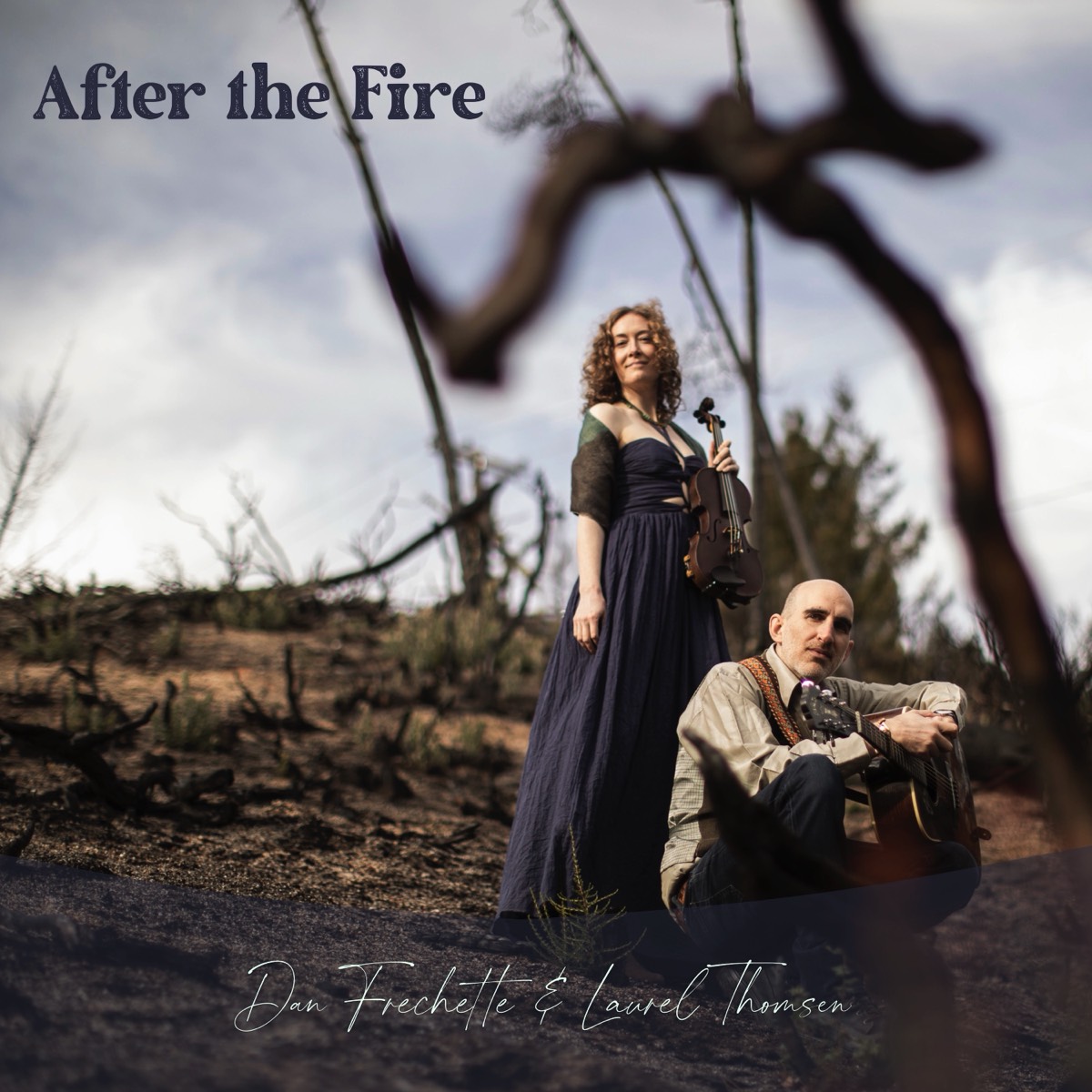This difficult conversation concerning the origins of many popular folk song melodies came up in my teaching studio recently. In searching for ideas on how to reconcile the fact that a number of popular American folk songs have racist origins (whether or not the original lyrics endured), I came across a blog which I found very helpful (see https://www.folksinging.org/political-correctness-and-traditional-folksongs-can-they-coexist/). I didn’t pay attention to the author until the end when I realized it was the wonderful folksong troubadour I’ve met at a few conferences, Adam Miller. I encourage you to read it.
I admit that I’ve failed to pay close attention to the lyrics of many of the folk songs I might teach a beginning violin or viola student; we’re usually not learning to sing them. We may look up a verse and chorus to help solidify the rhythm, but we usually have to dig deeper to get to any offensive lyrics. Some I learned only as fiddle tunes myself and with such catchy melodies, it’s easy to assume that many were always instrumentals, as countless tunes are. Furthermore, we’re often quite busy with all the learning and technique that must go into playing a melody well on a violin or viola: tuning, timing, tone, tempo, and hopefully at least a bit of enjoyment and passion! However, historical awareness is also important and unfortunately for a number of common folksongs, once we realize they spent at least a bit of their lives with racist or otherwise non-PC or non-G-rated lyrics, we might wonder whether playing even just the melody is disrespectful and in bad taste? Where do we go from here?
Especially in light of the police brutality and BLM protests of this past year, addressing the historical context of these songs seems to be an increasingly important piece of the learning. As much as I love painting a pretty piece of historical fiction for a student - helping them imagine that he or she is a fiddler playing for a square dance at a barn raising in an area of the country and at a time when a tune might have been especially popular - sometimes a song’s history has darker undercurrents. Even though we don’t know the composer of many of these melodies, piecing together what we can with a tune or folksong is just as important as learning about the composer and musical time period of our Classical repertoire.
I’m not African-American and have not experienced racism first hand so I don’t feel I have the right to say how we move forward with such songs, but I do know that these melodies are unquestionably memorable. When teaching a student to tune their fingers, find their tone, and play with rhythm and phrasing, we need fairly simple melodies that stick.
Played with sensitivity to the past and hope for a better future, maybe these old tunes can continue to find a home? Coming from a place of pain and hardship, hatred and discrimination, and trying to turn it into a place where everyone has a voice, a right, and a chance to live a better life - isn’t that the history of America itself? As Adam Miller states in his post above: “This is how the oral tradition works: some wandering folksongs and melodies go on forever, morphing with each generation, suiting the changing needs of the people who sing it. These are the lessons learned from the folklorists. This, and an abiding respect for the lyrics and melodies that have, unassisted, survived the centuries.”
Some parts of our history are so gruesome and unfair, it’s hard to imagine any way to make amends. What parts do we cast away? What do we attempt to recycle and transform? I’m honestly not sure, but I’ve always loved a good phoenix-rising-from-the-ashes story and I do believe a few things that will be my compass going forward in this:
- music can be a force for healing
- learning about the past can help us avoid making similar mistakes
- creating an atmosphere of love and respect, anything is possible

